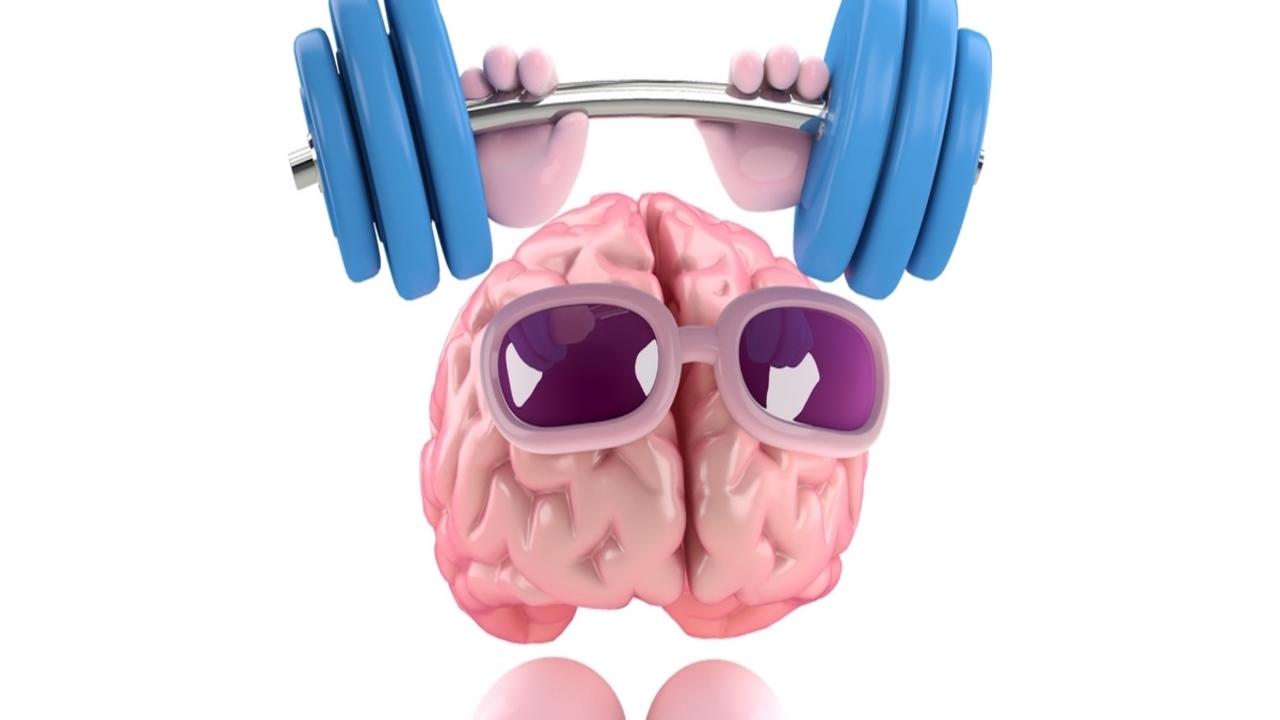3 Ways Brain Science Can Help Player Development...

Let’s look at 3 examples of how a better understanding of the brain can be applied to promote player development.
The 3 Examples…
1.) Aerobic Exercise Before Practice
Aerobic exercise affects the brain like fertilizer on grass creating ideal brain conditions for growth and learning.
So a short period of exercise prior to practice boosts player learning during practice.
And to magnify these benefits we can use pre-session exercise to develop players’ concentration, self-awareness, and emotional capacities.
To do so ask them first try to maintain attention on a particular aspect of exercise completion such as their breath, or the physical discomfort in their bodies.
Then the aim is to notice as quickly as possible when their attention has wandered, and refocus it on their chosen target.
Additionally, when players choose to maintain attention on and practice tolerating physical discomfort during exercise this strengthens brain regions responsible for coping with emotional discomforts such as nerves and frustration as well.
And you might choose to extend/intensify the pre-session fitness such that players are very tired going into practice.
You may then choose to make the focus of the practice session ‘mindfulness’ training where you continually remind the players to notice when they become ‘caught up’ in their physical tiredness and refocus their attention onto skills they are trying to develop.
2.) Modeling Motor Skills During Practice
The mirror neuron system in our brains activates whenever we observe another person move in a way that reminds us of a motor pattern that our brain has learned previously.
So, when we see someone doing something, in our brains we do it too.
This means that when, as a coach, you model the desired application of specific motor skills, you’re automatically altering your players’ motor program for that skill as if they completed the skill.
So by ‘hitting in’ and modeling skills that we want our players to learn we are powerfully fostering skill development.
This process accelerates learning by benefiting players not only when they try to implement the skill but also as they watch the skill modeled as we do it.
Of course it’s our responsibility to model the skill well!
3.) Timing Post-Match Interactions Appropriately
It’s a common scenario: A player is devastated after a loss.
This naturally evokes difficult internal experiences for us as coaches as we attune to their experience.
This can result in us automatically avoiding the difficult interactions that can follow by waiting for them to ‘calm down’.
But when is the best time to interact in this case?
Should we race in quickly or wait?
It’s best to find the balance between the 2…
If we wait for players to calm down completely, while they’re able to reflect more rationally making it seem like they’re learning in a way that will translate to future matches, this is not the case.
This is because a degree of emotion is needed when reflecting to transfer learning to future emotional contexts such as competition.
Also, moderate emotion acts like exercise in producing brain conditions that are best for learning and memory to occur.
But of course we also don’t want to interact too quickly when a player’s brain is ‘flooded’ with emotion because reflection in this state is not possible.
We need to try to interact with players after losses during the ‘learning window’, which occurs when both the emotional and rational parts of the brain are activated.
This will allow for suitable reflection abilities along with brain conditions that translate to learning that can be applied to future match conditions.
Would you like access to our 10 Commandments of Coaching Mentally Tough Tennis Checklist? If so, You Can Get It Here...
Wherever you're reading, scroll down. Leave us a question or comment, and all the best for the coming week :-)...
